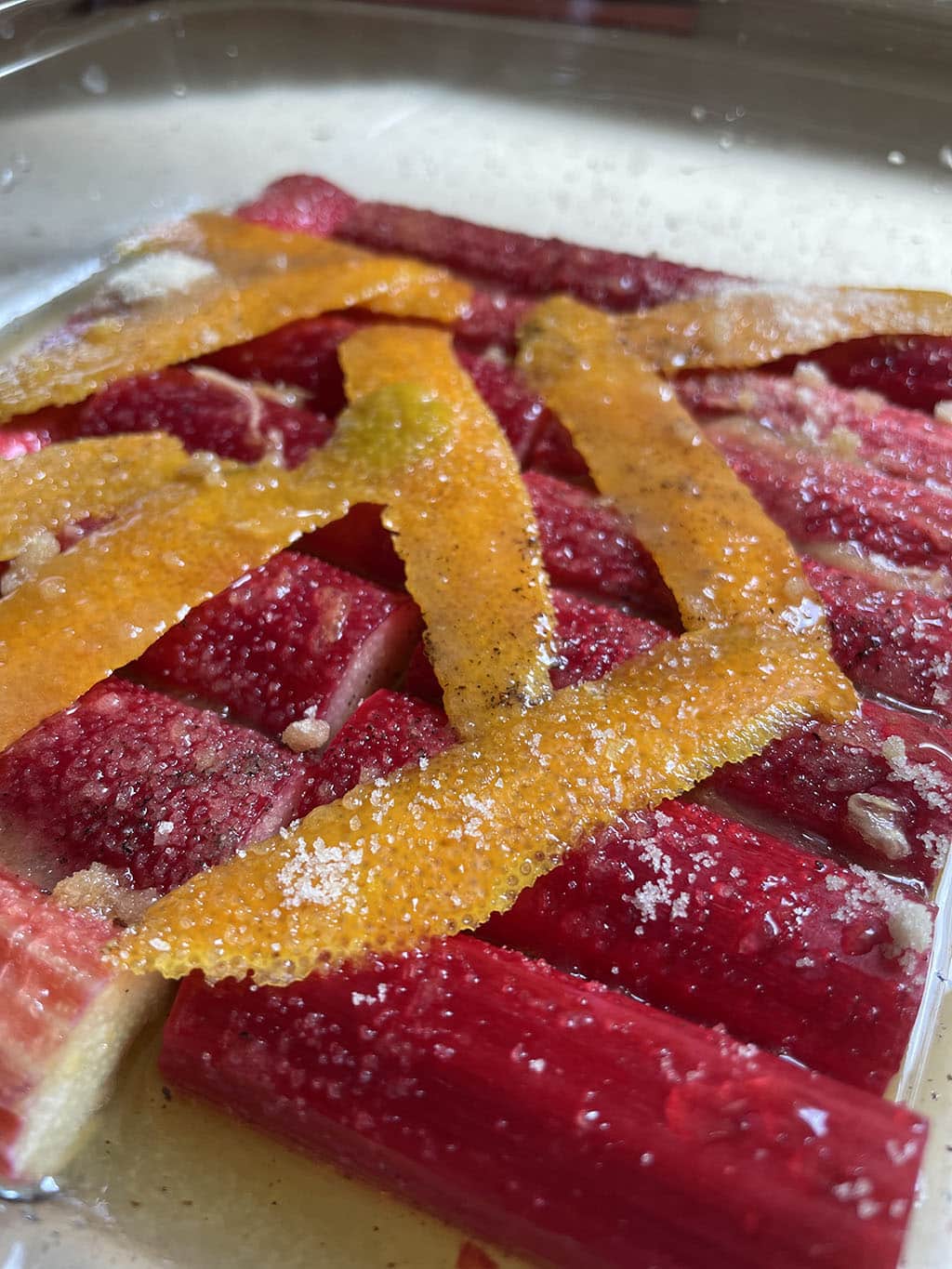One can hardly imagine a more generous fruit than an orange. Having taken a journey into its history a few issues ago (Portugal Resident, April 27, 2024), I felt equally compelled to discuss its culinary excellence.
It is only recently that Europeans started to eat oranges. Before the 1500s, their trees were grown for ornamental purposes and the much-adored aromas of the peel and blossom. This changed with the help of Portuguese explorers who brought sweet oranges to Europe.
Though oranges do not grow everywhere, they are considered to be adept travellers. Having said that, once oranges are picked, they stop ripening, so they have to travel fast. Ripening is a process when fruits develop a palatable texture and flavour. This process is facilitated by ethylene, the fruit-ripening hormone. This hormone can be made available internally by the fruit itself (like tomatoes or apples) or it can be applied from the outside. Oranges belong to the latter group.
As a part of ripening, the exposure of an orange to the exogenous ethylene also contributes to its transformation from green to orange, namely the destruction of the green chlorophyll pigments and accumulation of orange carotenoids. This, however, is only possible when orchards are exposed to low temperatures or if a farmer chooses to apply ethylene to his orchards.
Many, naturally ripened fruits, especially from sunny regions, remain green whilst deliciously sweet inside. Hence, going by the colour is not the best indicator of the sweetness of an orange.
Yet, regardless of the flavour profile, an orange of any kind is always a welcome friend in the kitchen.
The famous Seville oranges are bitter and acidic; however, they are absolutely delightful once transformed into a golden, sweet treasure of a British marmalade. In Japan, the exceptional tart juice of the Japanese bitter-orange is often incorporated as a variation of ponzu sauce, a popular dipping sauce made from soy sauce, kelp, rice vinegar, bonito flakes, mirin, and citrus juice.
The orange juice is also used to cure fish similar to ceviche, which is a well-known delicacy from Peru. Staying in the region, Mexican cuisine also loves applying the juice of a bitter orange to marinate meats and spice up salsas.
On the other hand, sweet and easy-to-peel navel oranges can be segmented and tossed into a green salad, blended into smoothies, or spooned over yoghurt. They are a perfect accompaniment to melted brie on top of toast or served over ice cream. They look deliciously playful when set with gelatine into the base of a cake or served roasted with cinnamon and nuts as a dessert on its own.
Each fruit contains a decent amount of juice that must be consumed within 30 minutes as it will turn sour due to the presence of an antioxidant known as limonin. The rind can be used as a zest to flavour salt or butter, and its candied form can be added to a myriad of delicious baked goods, like panettone or scones.
One of my favourite flavour combinations is to combine orange with anise or fennel. For instance, try curing pork with a bit of orange juice and anise. It will deliver a mouthwatering flavour when pork meets the frying pan. Or, alternatively, poach some fennel in orange juice to create a delicate partner to a pan-fried or oven-roasted fish.
Orange zest is also particularly delectable when mixed into a shellfish jus. This flavour can be further enhanced with a dash of such orange liquors as Cointreau or Grand Marnier.
Following from here, oranges in drinks deserve a whole chapter of their own. The amount of cocktail recipes that call for orange juice is enormous. But allow me to leave you with my favourite of them all. That is mixing orange and lemon juice with a dash of grenadine, and combine it with mezcal over ice. Saúde!
By Dr. Irina Mikhailava
|| features@algarveresident.com
Dr. Irina Mikhailava, a chef and a good food champion, happily residing in the Algarve and eating all over the world with an appetite for learning, sharing and writing. Instagram: incompanyoffood




















